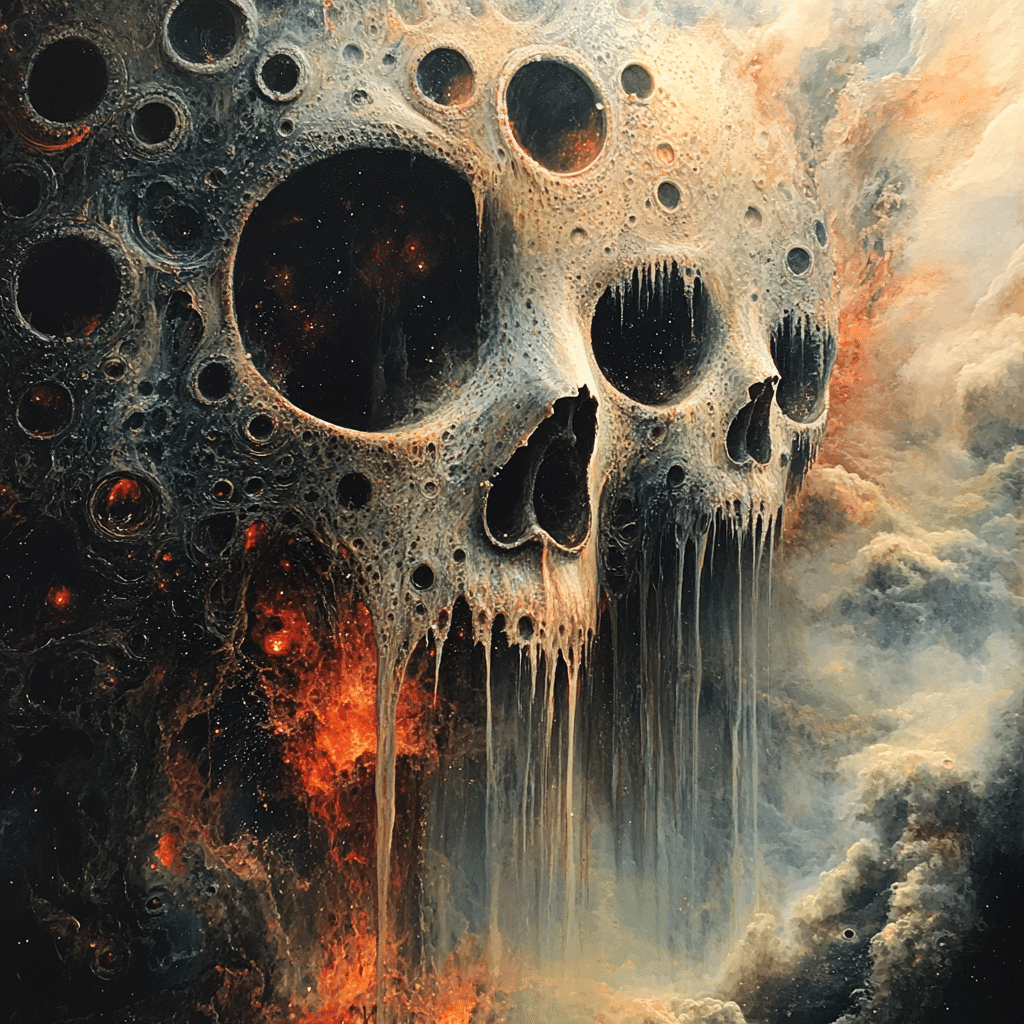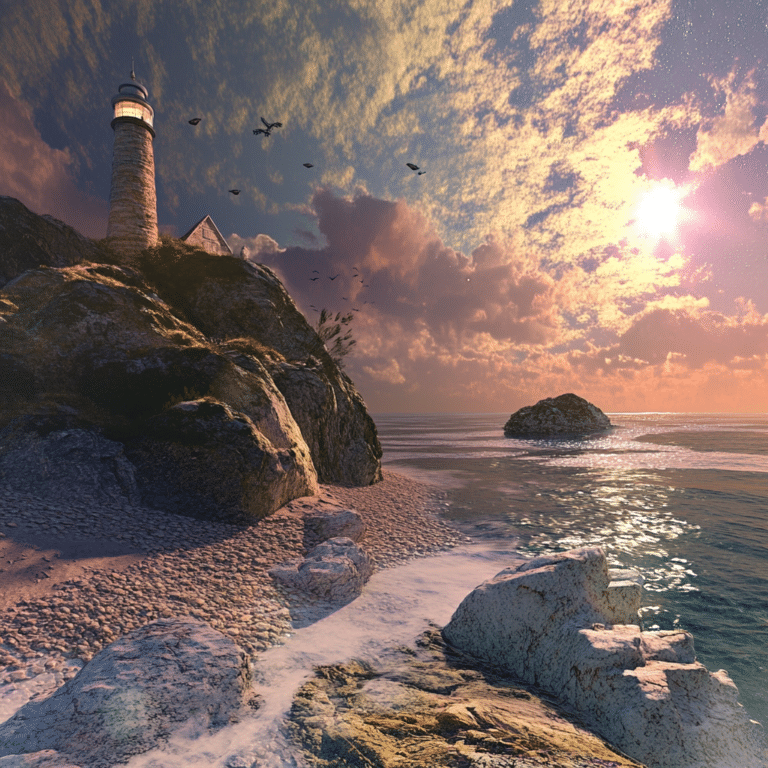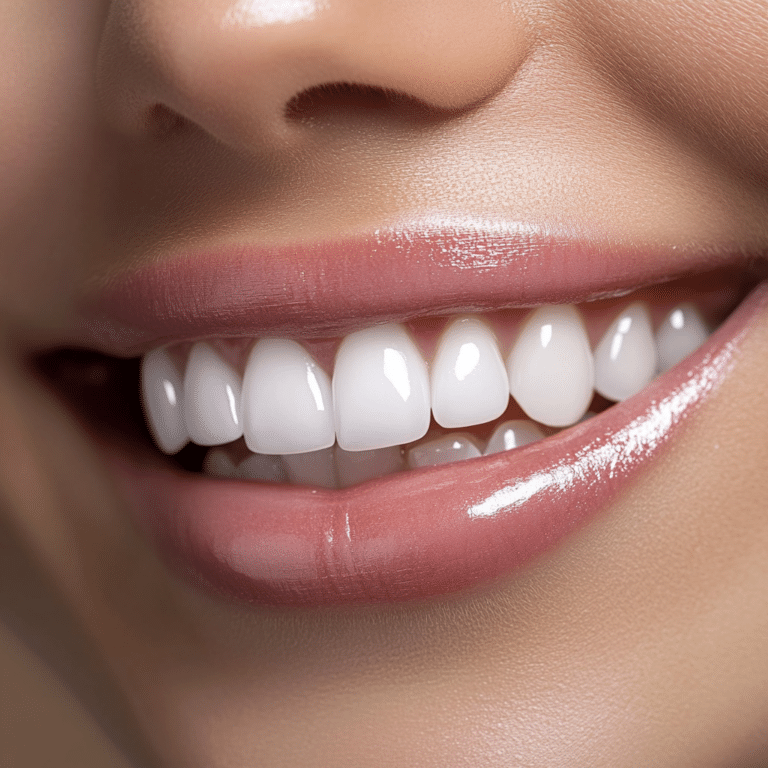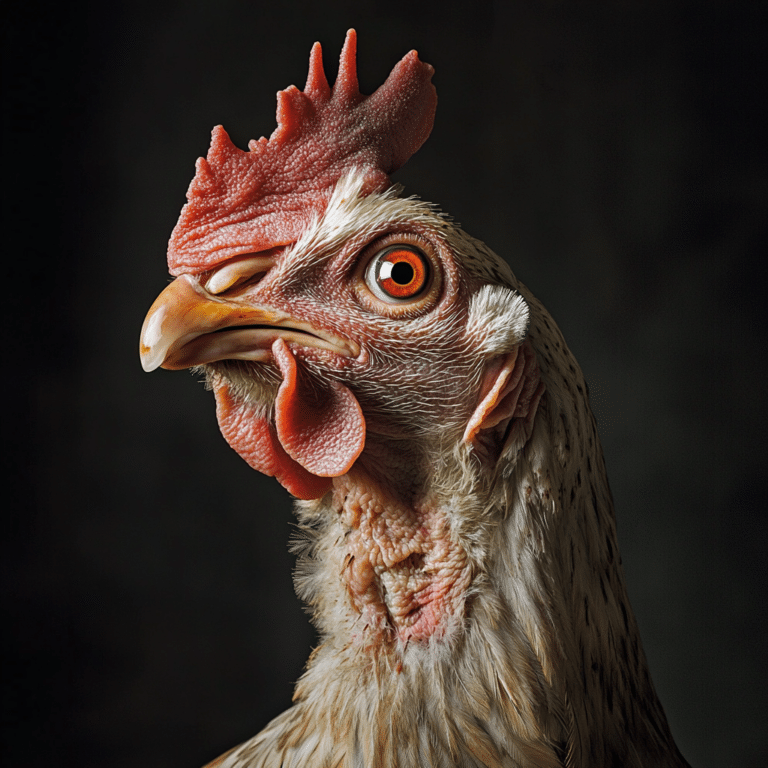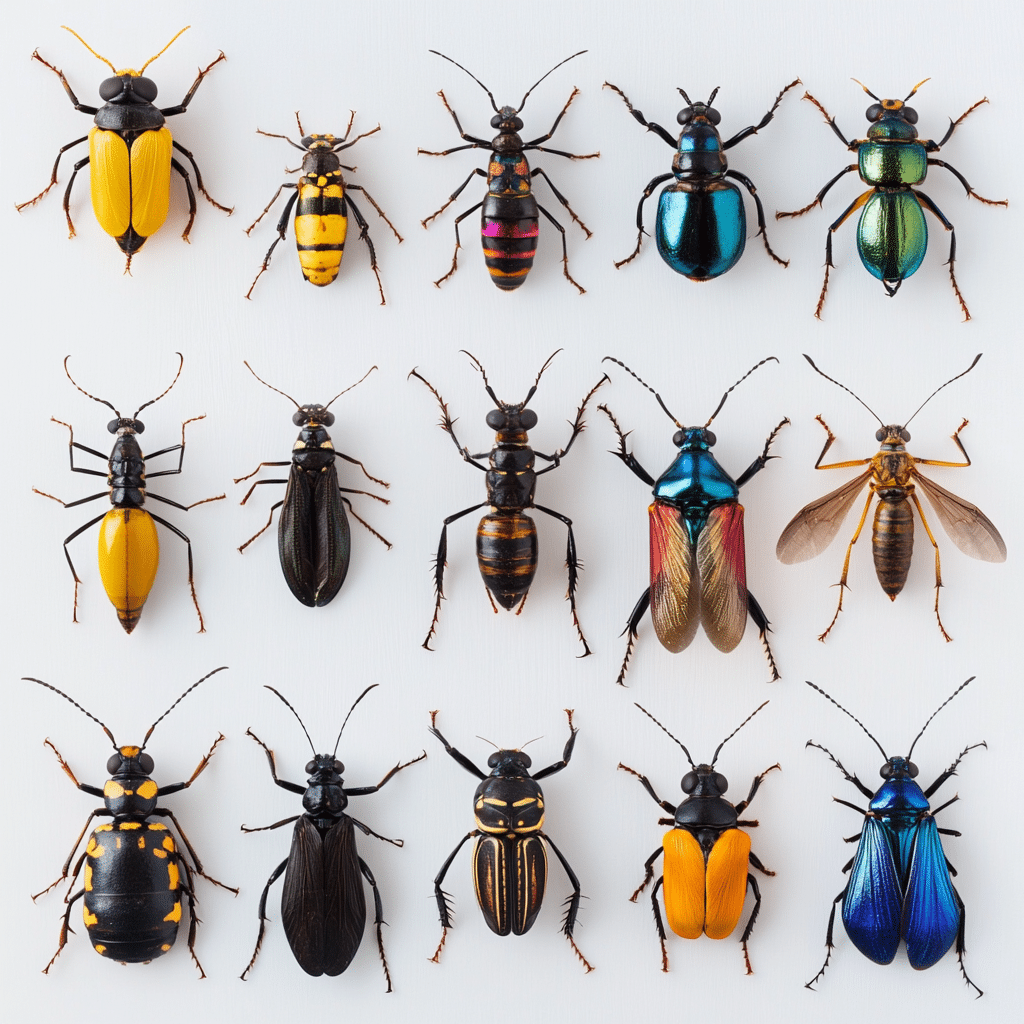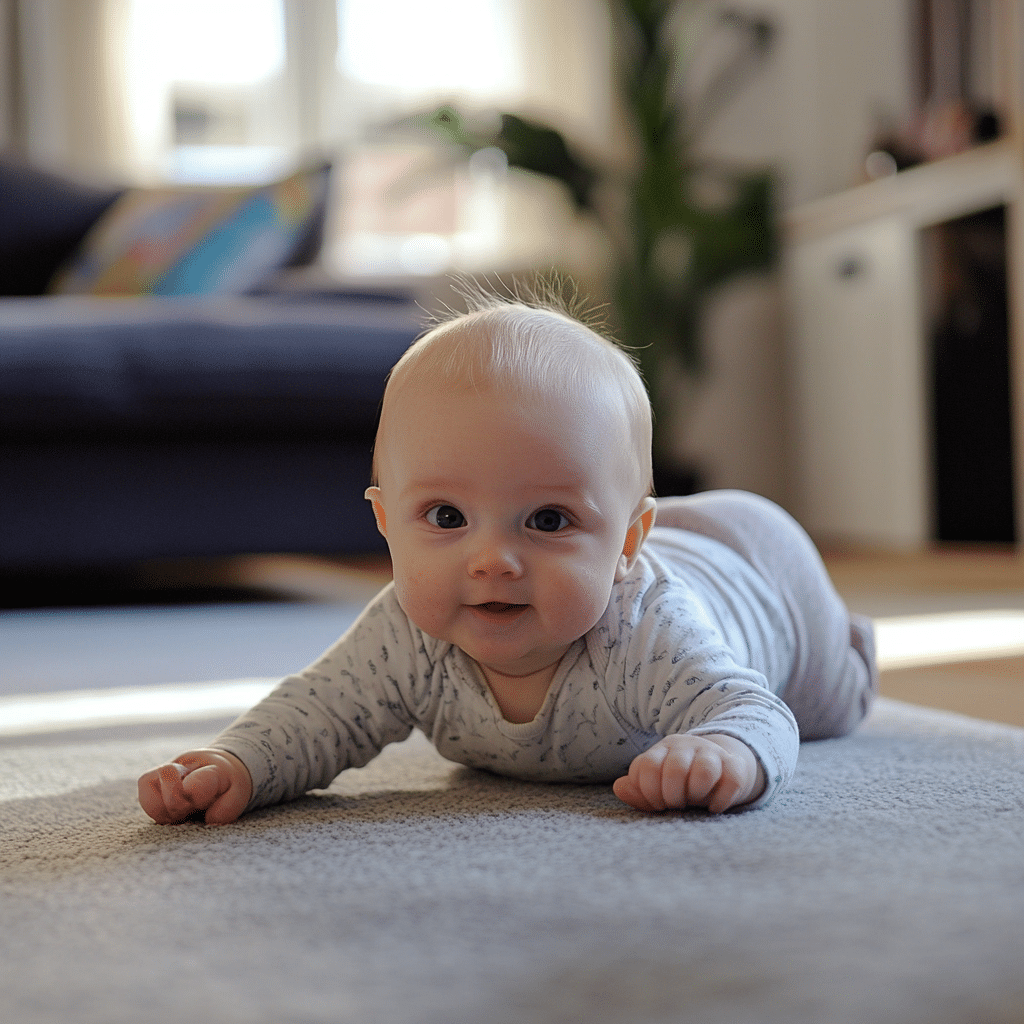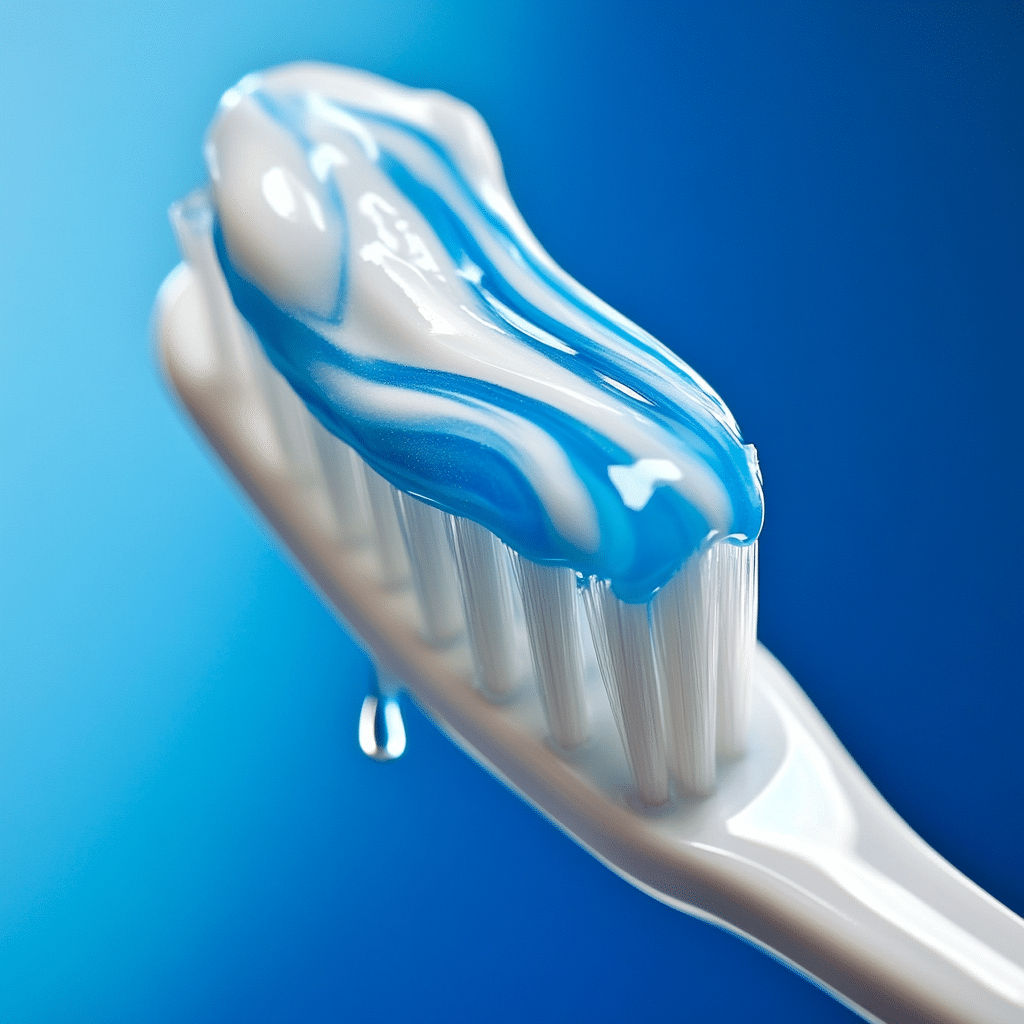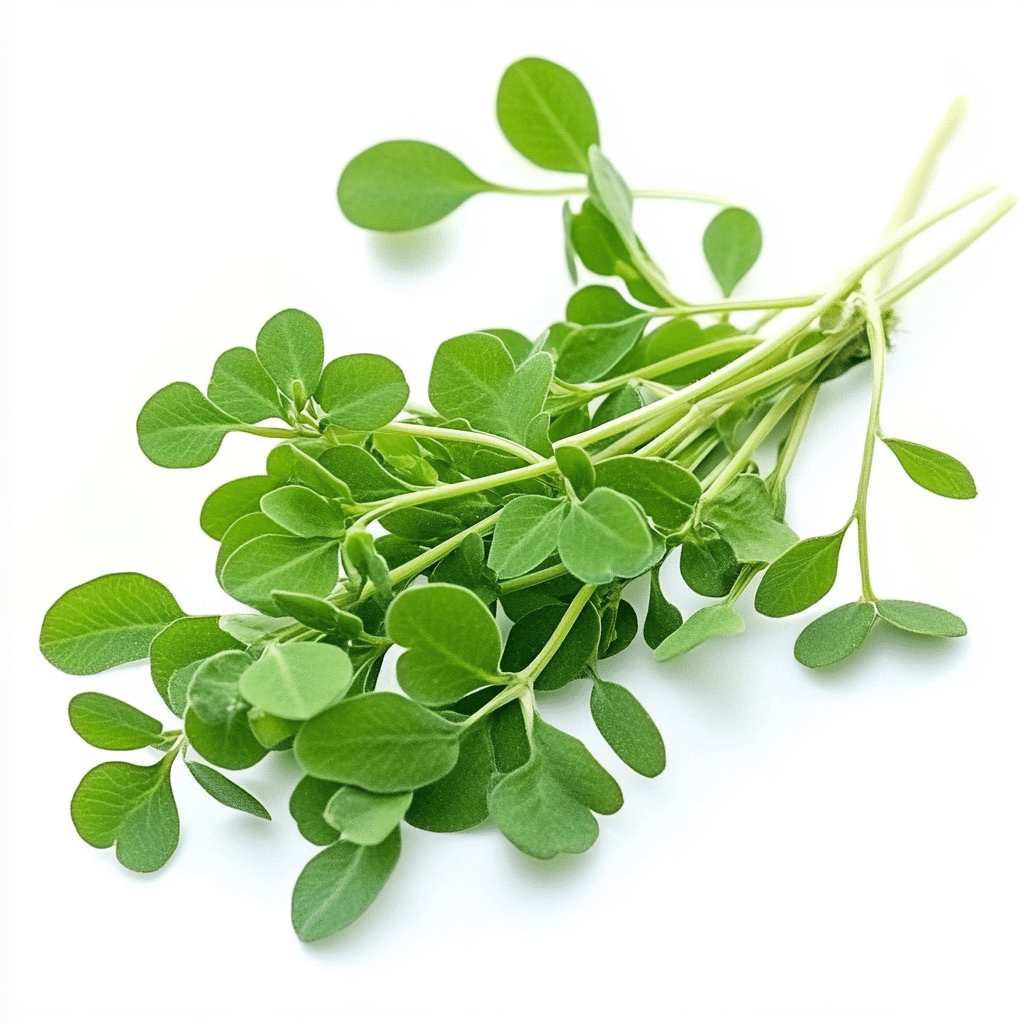When you hear the term phobia of holes, or trypophobia, it may sound strange at first. However, this irrational fear of clusters of small holes can impact a person’s daily life in surprising ways. It’s not just an odd quirk; it’s a genuine psychological condition that triggers anxiety, aversion, and sometimes even panic reactions in those who experience it. So, what’s the deal with this fear? Let’s unpack this whole thing. Understanding the roots of the phobia of holes not only sheds light on how our minds work but helps us gain deeper insight into human fears as a whole.
At its core, the phobia of holes is more than simply finding clusters of holes unsightly. Those affected often instinctively feel discomfort because they associate these images with decay, disease, or vulnerability. Interestingly, scientific research suggests this fear might even be rooted in an evolutionary response—our ancestors developed aversions to things that could jeopardize their health, like visual signs of contagion. So, rather than ignoring this fear, let’s address the specifics that trigger such a visceral response in real-world settings.
In recent years, many have become more vocal about their experiences with the phobia of holes. Social media has played a pivotal role in shedding light on this issue, giving a platform to those who feel isolated by their fears. By sharing personal stories and insights, we start to see that overcoming or understanding phobias like this one is not just about acknowledging the fear, but embracing our shared vulnerability.
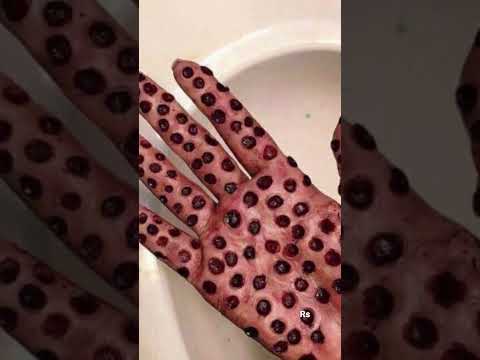
1. Unpacking the Phobia of Holes: Understanding the Fear
The psychological landscape of the phobia of holes is as detailed as a well-planned training regimen for getting shredded. Most people don’t wake up and decide they fear holes. It often stems from early childhood experiences, traumatic events, or simply an overactive imagination. But what’s key here is the acknowledgment that this fear isn’t just a figment of someone’s imagination—there’s a genuine psychological basis.
With the phobia of holes, feelings of anxiety can spiral out of control quickly. For many, just viewing specific images online can trigger a panic attack. It’s like stepping off a cliff when you have a fear of heights (acrophobia); you feel that immediate rush of vulnerability. Understanding this isn’t merely an exercise in empathy but also opens avenues for treatment and coping strategies. Recognizing why we develop these fears helps us get a grip on them.
The truth is, the broader spectrum of anxiety-related disorders connects deeply with how we process fear. Some may find themselves battling not just the phobia of holes but also related anxieties like the fear of long words (sesquipedalophobia). By deeply understanding this connection, individuals can better navigate their emotional landscape, starting their journey to empowerment and resilience.
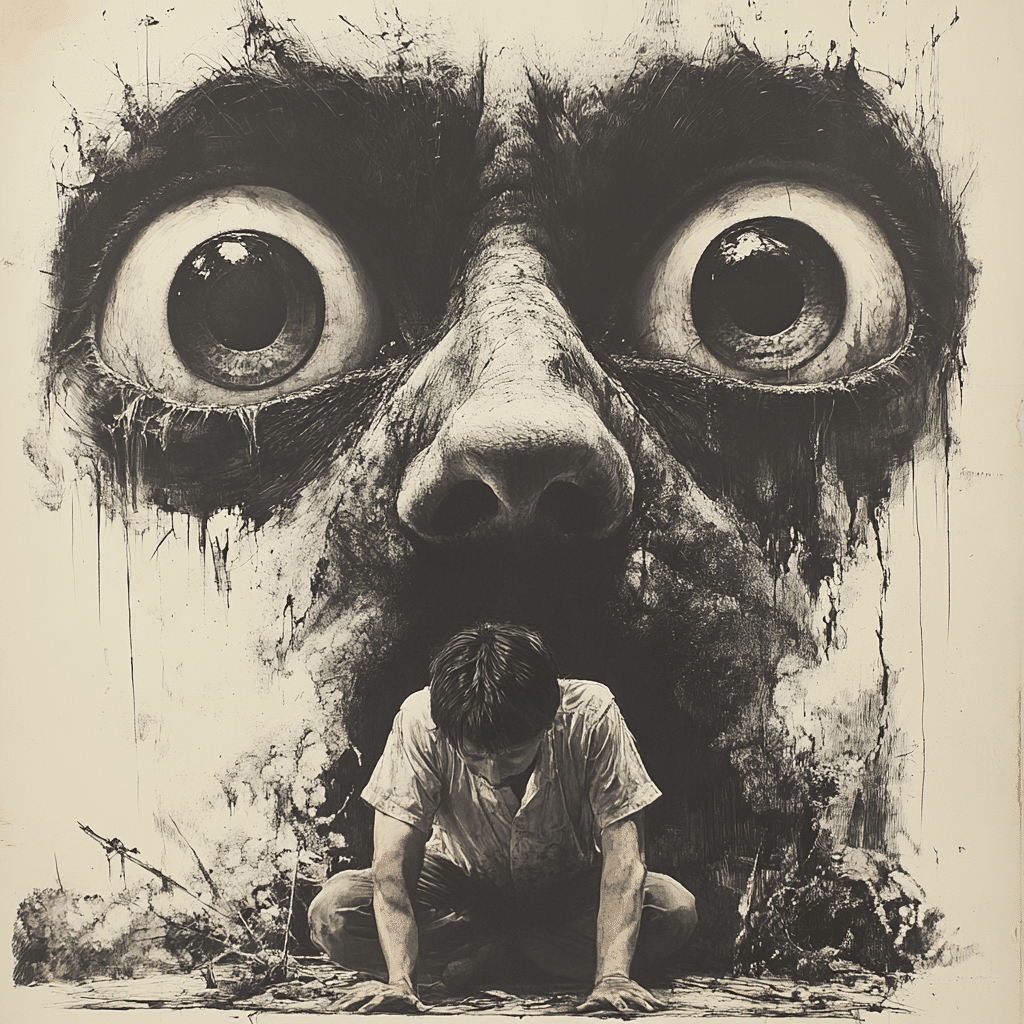
2. Top 7 Triggers that Ignite the Phobia of Holes
Now, let’s dive into the nitty-gritty of what brings on the shivers for those grappling with the phobia of holes. Here are seven common triggers that can set off that fear:
Being aware of these triggers is the first step in addressing the phobia of holes. Just like how bodybuilders log their workouts to track progress, those dealing with this fear can benefit from keeping tabs on what specifically sets off their anxiety.
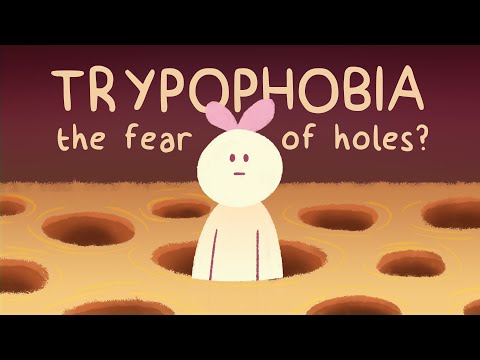
3. Phobia of Holes: The Psychological Connection with Other Fears
By exploring the mind’s intricate design, we uncover fascinating connections among various phobias. As mentioned, the phobia of holes shares common ground with the fear of heights, revealing that there’s often a primal, survival-rooted instinct at play. The more local, basic fears tend to overlap, making them easier to tackle when addressed together.
Additionally, the fear of long words—believe it or not—can also connect with the phobia of holes. Both fears emphasize vulnerability, invoking similar flight-or-fight responses. Through neuroscience, we learn that various phobias often engage similar neural pathways. Research indicates that heightened activity in the amygdala, the brain’s fear processing center, is common among those with phobias like trypophobia and acrophobia—and understanding these mechanisms unveils a powerful narrative about our reactions to perceived dangers.
Sharing case studies and brain scans that depict these reactions deepens our understanding of phobias. One intriguing study showcased a group of individuals with trypophobia having a heightened response to images of holes compared to others. This research shines a light on the tangled web of fears that shape our experiences and emotional responses.

4. Real-Life Impacts of the Phobia of Holes
Living with the phobia of holes paints a picture of avoidance, where individuals may shun not just specific foods but even social events. High-profile figures openly discussing their phobias help normalize the conversation and reduce stigma, making it evident that anyone can experience this.
Social media can serve as a double-edged sword. On one side, it connects those with similar experiences, fostering community. On the flip side, constant exposure to triggers can overwhelm. A trending TikTok video might showcase a seemingly innocent bubble bath, sending someone spiraling into anxiety over bubbles in urine. Mental health experts suggest a balanced approach to social media engagement for those dealing with anxiety and phobias.
Awareness campaigns about the phobia of holes can help to bridge the gap between individuals and their communities. By encouraging open discussions about fears—whether it’s overcoming personal obstacles in the gym or tackling phobias—we create supportive environments, fostering resilience.
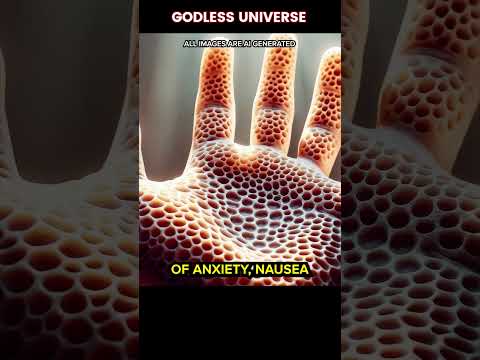
5. Treatments and Coping Strategies for the Phobia of Holes
For those ready to confront the phobia of holes, the journey begins with recognition and understanding. Here are effective treatments and coping strategies:
All these techniques are like new workout routines: they take time and practice, but they empower individuals to rise above their fears. Community support, professional treatment, and educational resources—like those offered by the Parent Enabler program—can be incredibly beneficial.
Transforming Fear into Acceptance
The quest to understand the phobia of holes illuminates a broader conversation about human fears. Fear, though often stigmatized, is a shared experience. Through dialogue and treatment, individuals can find strength in vulnerability.
As we become increasingly empathetic and informed, the dialogue around phobias broadens. By nurturing conversations, we empower each other to navigate our fears more effectively. Whether it’s the phobia of holes, the fear of heights, or any other anxiety-related disorder, reclaiming control is possible.
Let’s keep the discussions alive. Embrace the attractive struggle and show up every single day—just like you would at the gym to forge that ripped six-pack. Remember, part of getting shredded isn’t just about the body; it’s also about strengthening the mind and slaying the fears that hold us back!
Phobia of Holes: A Chilling Exploration
The Roots of Fear: Phobia of Holes Explained
The phobia of holes, often known as trypophobia, can trigger intense feelings of anxiety or discomfort at the sight of irregular patterns or clusters of holes. This fear isn’t just strange; it often ties back to our instincts. Many experts believe that our ancestors might’ve developed a subconscious aversion to holes for survival reasons—like avoiding potentially venomous creatures hiding within. While those cautionary instincts were useful back in the day, they can make daily life pretty tricky for anyone who deals with this phobia. You might be surprised to learn how even celebrities can have odd quirks—take Bts V, for instance, who has expressed his discomfort with certain visuals, showcasing that phobias don’t discriminate by status.
Did You Know? Fun Facts About Phobia of Holes
Just when you think you’ve heard it all, the phobia of holes reveals an even quirkier side. For starters, did you know that the mere thought of seeing clusters of holes can lead to intense skin reactions? It’s true! Some folks report itching, goosebumps, or even sweating—quite the physical response, huh? Speaking of responses, if you’re ever feeling active and curious about your diet while pondering, How many Calories do I burn a day? you might just find your answer surprising. Gut reactions can extend to physical sensations, too, with some trying to cool their nerves by engaging in activities that burn off those anxious vibes.
The Science Behind Holes and Fear
From auditory triggers to visual stimulations, various elements can amplify the phobia of holes. For example, certain patterns can trigger a fear response that might relate back to how we perceive our environment. There’s even a theory suggesting that our brains may react to holes similarly to how they perceive threat, akin to how we’d react to bodily harm like bruises or cuts, which more commonly lead to injuries needing to coagulate. But, don’t stress too much—awareness can sometimes help manage these fears. For those that struggle, creating a solid plan while confronting fears, much like knowing what’s on the Jimmy’s Famous Seafood menu beforehand, can be a game-changer.
So, the next time you encounter any circular patterns or clustered holes, just remember you’re not alone. The phobia of holes can put up a fight, but understanding its roots and quirks might just arm you with the mental tools needed for a calmer approach. Keep your chin up and maybe find a few activities to anchor your focus—it’ll do wonders!
